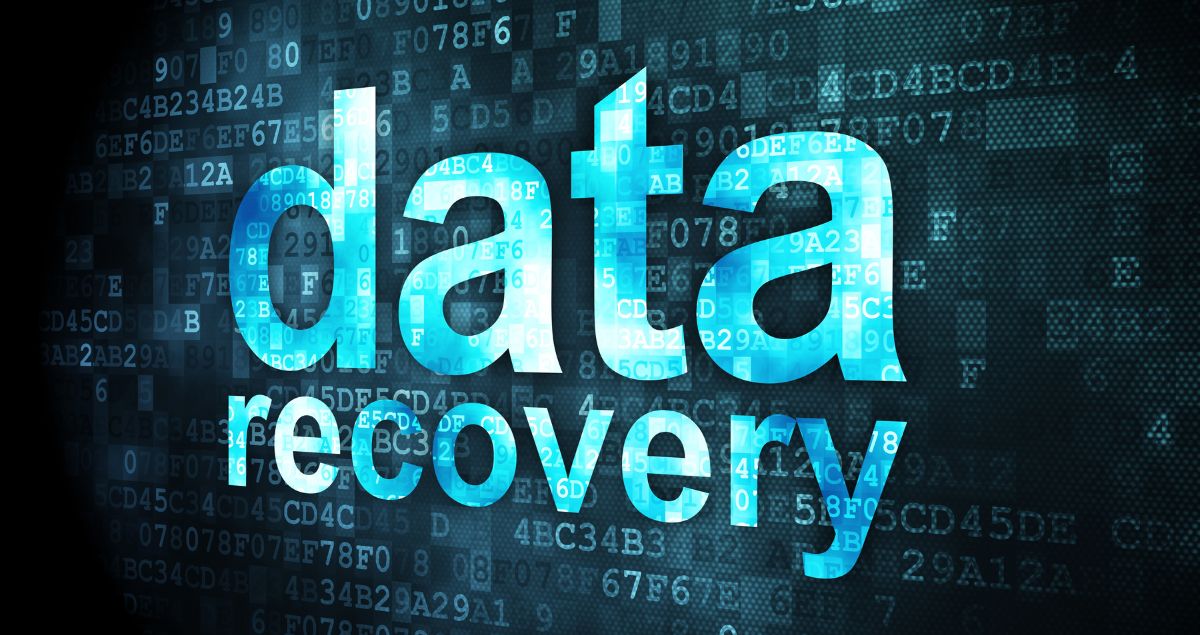Data can be retrieved from its backup and the process is termed restoration. However, on the other side, the process of restoring data that has been lost or the server hasn’t been functioning properly and needs to be retrieved back is termed recovery. It usually occurs when the hardware fails. The loss of data could be catastrophic for businesses and its rapid recovery is among the foremost duties of the organization. Which shall be explained below in the four types of data recovery. Data recovery is also a part of Document Management System used as multiple solutions for businesses.
What is BCDR (Business Continuity and Disaster Recovery)?
Various products could be used for the purpose which is known as BCDR (Business Continuity and Disaster Recovery) solutions. The time required by the process differs for each recovery as the type and format of the database and the method of recovery being used vary from each other. Additionally, there are various other factors such as the needs which means whether a single file is being recovered or an entire server is being restored that alters the recovery time of the process and the location where data is present such as the cloud, a local server, or various work stations. All these factors are considered when a BCDR solution is selected.
What do BCDR solutions do?
Business Continuity and Disaster Recovery solutions are built with one purpose, and that is fast recovery and to minimize the loss a business has to face due to breakdowns. To create a virtual server on the backup device, these solutions make use of virtual technologies such as snapshots. When a primary server fails and is being restored, the operations are handed over to the backup device and once the server is retrieved back to its normal functioning, the operations are failed back to it once again. Traditionally, the process of recovery took hours to days however in today’s world, the BCDR processing takes minutes, unlike the tools of earlier times.
Uses of BCDR Solutions
No matter what the size of a business is, BCDR solutions are beneficial for all. However, they are usually used by small or medium-sized companies. These solutions have brought a revolution to the world of failover technologies as the traditional ones were costly and data recovery is an example of such a BCDR solution. Managed service providers use it to deliver the data retrieved from backup to small or medium businesses.
Purpose of Data Recovery
The need to join together various products involving software, hardware, and different vendors to retrieve lost data as a complete solution is present in one product. A proper configuration between devices removes all confusion that could have arisen otherwise with traditional tools. The backups are verified which increases the confidence of customers as they now know that these are not just bootable but are also free from ransomware.
Four different types of data recovery options are available for data recovery users; these include, file recovery, volume recovery, local virtualization, and cloud virtualization. Depending upon the type of data lost, the method can be adopted which would not only reduce the costs but also the time increasing the efficiency of the overall process.
What Are The Four Types of Data Recovery
As the data loss situation is not the same in every case, therefore the method or the solution which is being used must not be lengthy and should address the issue most conveniently. 4 different types of data recovery methods are available for data recovery users and can be used as per the requirements, these include:
1. Restoring a File
When a file is lost from its primary location, restoring it is possible with data recovery. A recovery point needs to be mounted by an administrator who would then view and observe the structure of the file, locate and then restore the required one on the primary location. When there is a need to recover a single file or a small number of files, this method is an ideal one to be used for recovery.
2. Restoring Volume
When a volume has to be restored, the recovery contents are selected and shared as a target. When the physical server is operating normally without any malfunctioning, this type of recovery is used to retrieve a large quantity of data.
3. Local or Instant Virtualization Method
To fastly recover files and data, a BCDR solution is the usage of Local or Instant Virtualization. It works by booting a virtual server on the backup device which is provided by snapshot and uses hypervisor technology. The main purpose of this method is to maintain the normal functioning of business operations while the restoration of the malfunctioned primary server is being performed. Through this method, the loss that a business has to face due to downtime is eliminated.
4. Cloud Virtualization Method
Just like Local Virtualization, Cloud Virtualization also recovers files but it involves the use of instead of any other local backup. A tertiary cloud can also be created in some BCDR solutions which serves the purpose of operating businesses when the backup device and primary server aren’t in operable condition. Any calamity can lead to such situations as flood or fire breakout at the location.
Advantage of Data Recovery Solution
When a single BCDR solution is used to recover files and data then the investment and costs associated with business loss and its downtime could be reduced to an extent. When these all-in-one solutions are in use, the costs associated with backup management are eliminated which are quite higher when multiple recovery steps are involved. It offers a reliable recovery method with easy setup and management due to integrated software not just for local backup but also for the cloud with constant support. Therefore, in light of all these, data recovery is a true and perfect solution for all businesses.
Conclusion
Data recovery solution is essential for businesses to reduce losses associated with downtime. However, if the recovery is complicated or takes a lot of time, it can lead to further loss. To eliminate these issues, a BCDR solution that serves as a single vendor for addressing and managing all concerns would be a great choice. An example of such is data recovery which is reliable, easily deployable, easier to manage, and recovers fast.

